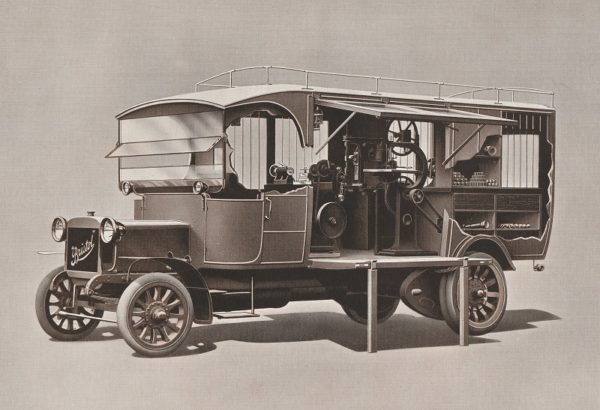
This remarkable cutaway illustration was titled “Aeroplane Repair Van.” The accompanying caption explains that it was produced from blueprints while the van was in course of construction. The beautifully precise artwork shows a lathe, saw and pillar drill, and a tool store containing gearwheels and other aeroplane parts.
The date of publication is right at the outset of World War I – which strongly suggest that this vehicle was commissioned by the military to support the aeroplanes of the Royal Flying Corps. This is not mere speculation: the van was manufactured by Bristol Tramways & Carriage Company, which also manufactured fighter planes for the Bristol Aeroplane Company during the war. The identification of the model as a C50 relies on a single comparable image of a charabanc taken in Stratford-upon-Avon, and on information that nine C50 chassis were delivered to “War Department, Ministry of Transport (Royal Naval Air Service).” Out of a range of similar vehicles named from C40 to C65, the C50 was made in the largest numbers. The whole range was powered by the same Bristol AW 30hp 4-cylinder petrol engine, with transmission by chain drive that can be seen in this illustration.
The Bristol Tramways Company operated its first trams in 1875. In 1906 it started to operate buses to bring extra passengers to the tramways, and the company decided in 1908 to build its own bus chassis. In 1910 the company decided to build aeroplanes, forming the British and Colonial Aeroplane Company, Ltd. at Filton. The two companies shared a chairman, Sir George White – so it is not surprising that, following the first supply of a Bristol vehicle to another operator (a C50 fitted out as a charabanc for Imperial Tramways at Middlesbrough) the second order was for those nine trucks for the Royal Navy Air Service – of which our Snapshot undoubtedly shows an example.
Truck and bus manufacture passed out of the control of the Bristol Company with the sale of the tramway company to the Great Western Railway in 1929, but the Bristol Aeroplane Company continued – and provides a direct link to the Bristol cars made at Filton from 1946.
Picture courtesy of the Richard Roberts Archive
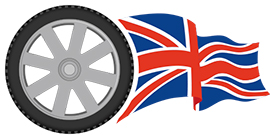


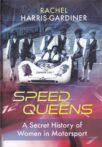
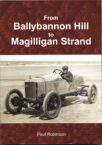
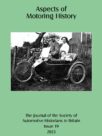
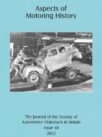
Leave a Comment